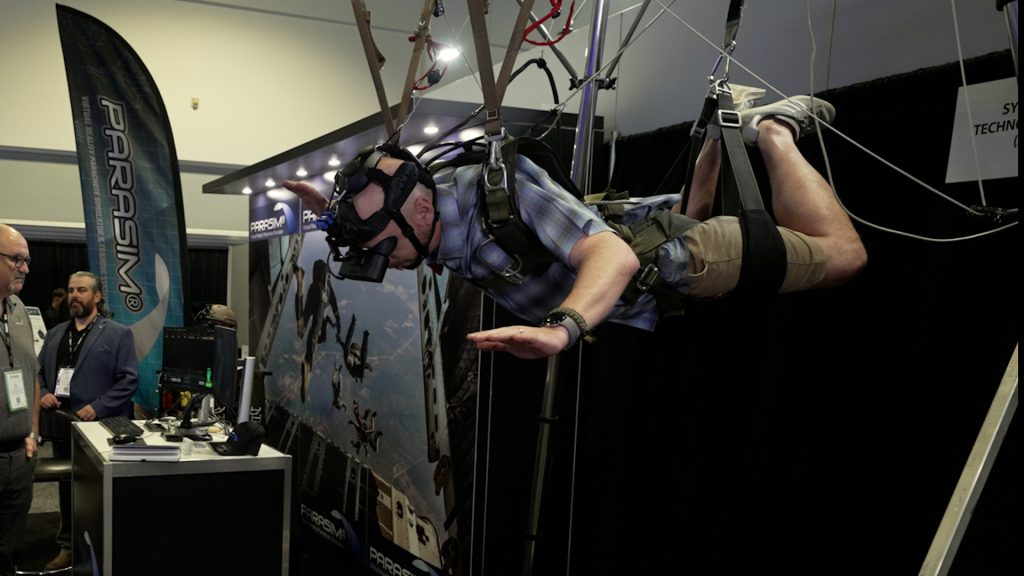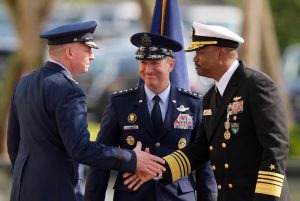Enhancing parachute training with ParaSim: Weapon of the Week

For most military jobs, training begins in the classroom. Eventually, theory gives way to hands-on experience. But when that experience involves jumping out of an airplane, the stakes — and the risks — are much higher. That’s where our weapon of the week, ParaSim, comes in.
What is ParaSim?
For more than 30 years, ParaSim has helped U.S. military personnel build parachuting skills without ever leaving the ground. The southern California-based company uses advanced simulation technology to prepare troops for real-world airborne operations.
“We’ve been around 35 years now,” Russ Lascink, vice president of sales and military training at ParaSim, said. “It started in 1990 when trees were triangles, and you had to steer and avoid obstacles. It was all about keeping people safe.”
Today, ParaSim’s system is far more advanced. Utilizing virtual reality and head-tracking technology, the simulator enables users to experience realistic parachute scenarios in a safe and controlled environment. The system is designed to reduce training costs and minimize injury risk while improving performance.
“You’re using virtual reality, but the biggest component is the instructor,” Lascink said. “It’s about transferring knowledge and putting users in challenging situations to test their skills and reinforce proper procedures.”
What makes ParaSim so special?
The simulator is more than just a training tool — it’s a mission planner and emergency response trainer. ParaSim works closely with the special operations community to ensure the scenarios reflect real-world conditions. That collaboration has led to the development of more than two dozen customizable training modules.
“The SOF community really brought us along,” Lascink said. “They told us they wanted 25 different scenarios — correctable and non-correctable. They gave us YouTube videos and snapshots, and we modeled that in the sim so they could practice it.”
ParaSim’s system uses independent head trackers rather than built-in gaming sensors to reduce latency and improve realism. The result is a more immersive experience that mirrors the physical demands of actual jumps.
“People feel more confident,” Lascink said. “The success rate at Yuma Free Fall School has improved because students experience the parachute before doing it live.”
The simulator also prepares users for complex conditions, such as high winds or low visibility. Trainees learn how to fly backward with an MC-6 parachute or identify a malfunctioning canopy in the dark — skills that can mean the difference between life and death.
With its blend of realism, safety and adaptability, ParaSim continues to play a vital role in preparing America’s airborne forces. It’s a reminder that sometimes, the best way to learn how to fall is by never leaving the ground.
Access the full Weapons and Warfare episode here.
Access all Weapons and Warfare podcast episodes here.





